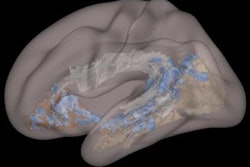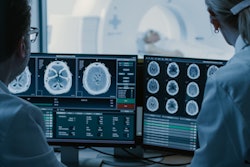Presenter Dr. Jean Seely of the University of Ottawa will share findings from a study that assessed patient outcomes with the use of a shortened breast MRI protocol for 1,539 patients with a breast cancer risk of 25% or more.
The abbreviated protocol consisted of a pre- and two postcontrast T1- and T2-weighted sequences evaluated over 10 months and compared with a standard protocol in the same population during the previous 12 months. Average screening time for the abbreviated protocol was 16.3 minutes, while the average time for the standard protocol was 27 minutes.
Seely's team tracked MRI scanning times, BI-RADS categories, positive predictive values of biopsy, and cancer detection rates. The group found the following:
- The abbreviated protocol had an abnormal interpretation rate of 12.5%, compared with 19.1% for the standard protocol.
- The BI-RADS 3 rate for the abbreviated protocol was 6.9% versus 7.2% for the standard protocol.
- The biopsy rate was lower with the abbreviated protocol (8.4%) compared with the standard one (13.7%).
- The positive predictive value for biopsy was 20% for the abbreviated protocol and 12.4% for the standard protocol.
- The cancer detection rate was comparable between the two: 16.7 per 1,000 exams for the abbreviated protocol and 17 per 1,000 exams for the standard protocol.
"Using an abbreviated breast screening MRI protocol in high-risk patients led to fewer false positives and was associated with 5% fewer benign biopsies, while a similar cancer detection rate was maintained," Seely and colleagues concluded. "Abbreviated breast MRI screening protocols may lead to increased tolerability and MRI capacity while optimizing quality indicators."



















